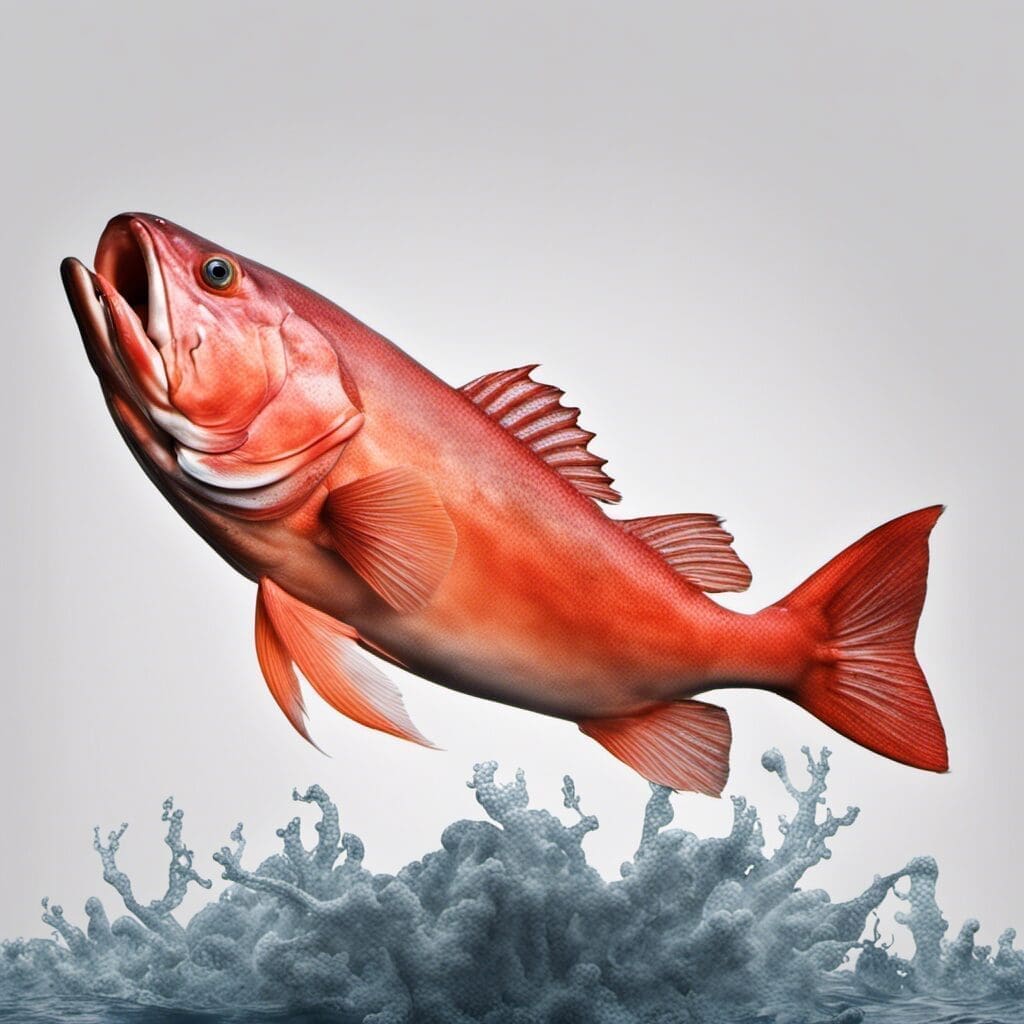Introduction
The Coral Trout, scientifically known as Plectropomus leopardus, is a member of the Serranidae family. This striking and notable species is known for its spotty, colorful complexion and significant value in recreational and commercial fishing.
Conservation Status
According to the IUCN Red List, the Coral Trout has been classified as “Least Concern”. It’s not currently experiencing a significant decrease in numbers. Conservation efforts vary regionally, with legislated bag limits in some areas to ensure sustainable fishing.
Statistics
| Attribute | Average | Range |
|---|---|---|
| Length | 40 cm | 20-120 cm |
| Weight | 4.5 kg | 0.5-23 kg |
| Average Lifespan | 16 years | — |
Distribution
Predominantly found in the warm waters of the western Pacific Ocean. This includes countries such as Australia, Indonesia, Philippines, and Taiwan. The Coral Trout does not appear to engage in significant migration patterns.
Habitats
Coral Trouts live in marine (saltwater) environments. They have been documented within a depth range of 1 to at least 100 metres, but are most commonly found in depths less than 30 metres. Coral Trout thrive in temperatures between 23-29°C.
When and Where to See
These fish can be seen year round, but are most active during the summer spawning season. They are typically most active during the day.
Best Fishing Locations
- Great Barrier Reef, Australia
- Coral Sea, Australia
- Bunaken, Indonesia
- Bohol Sea, Philippines
- Penghu Islands, Taiwan
General Tips
Look for reefs and ledges, as Coral Trout tend to be found in structural habitats.
How to Catch
Coral Trout are predatory fish, therefore live bait like squid and fish are effective. They are also known to take lures. Bottom fishing around reefs and overhangs tends to be the most successful technique.
Identification Guide
Coral Trouts are identifiable by their robust body, large mouth and sharp teeth. Their skin is a striking orange-red color scattered with blue spots.
Culinary
How to Cook
Coral Trout is best served steamed or fried, it can also be made into a delicious fish soup.
Taste Profile
The Coral Trout is known for its sweet, succulent flavor and firm, flaky texture.
Nutritional Information
An excellent source of lean protein, also provides key nutrients including omega-3 fatty acids, vitamins D and B2.
Recipes
One popular preparation is Coral Trout with Ginger and Shallots, a classic Asian fish dish.
Additional Information
Behavior
Being aggressive predators, Coral Trout feed predominantly on various species of reef fish and crustaceans.
Predators and Threats
Natural predators include larger fish such as Cod and Shark, while human-induced threats include over-fishing and degradation of habitat.
Cultural/ Historical Significance
Coral Trouts hold significant cultural value to various indigenous communities around the world, particularly in Australia and the greater Pacific Asia region.
References and Further Reading
For further reading and more in-depth information on the Coral Trout, consult sources like IUCN Red List, FishBase, and the Great Barrier Reef Marine Park Authority

